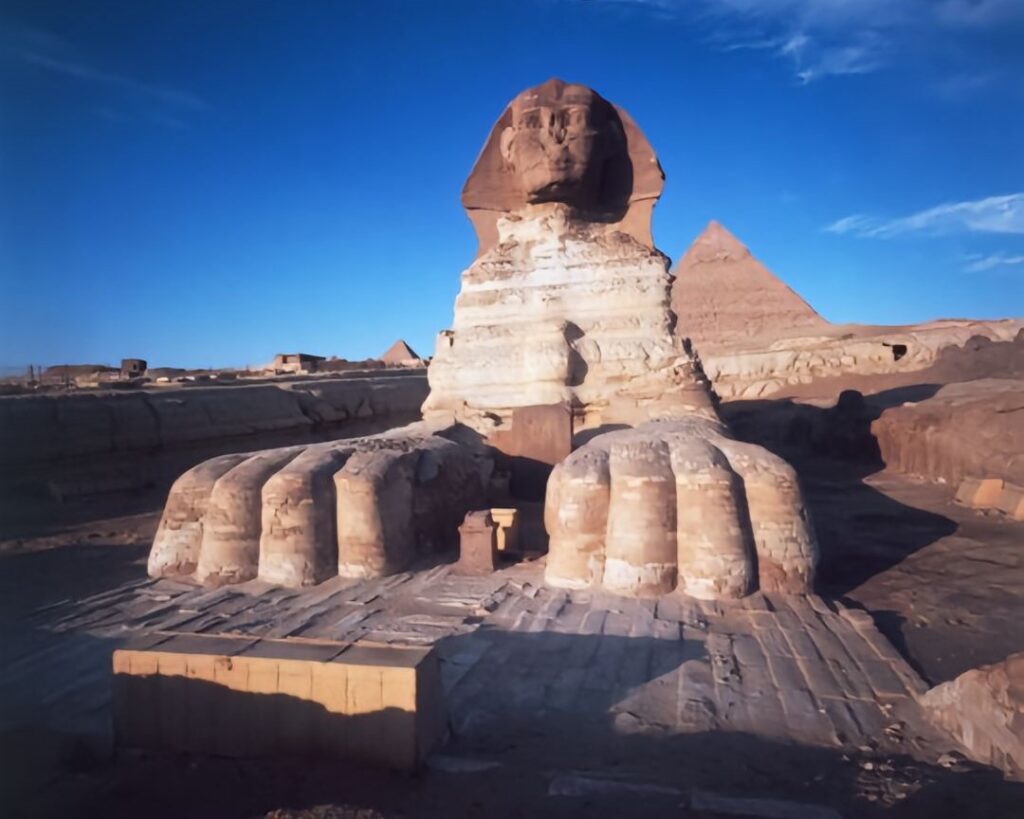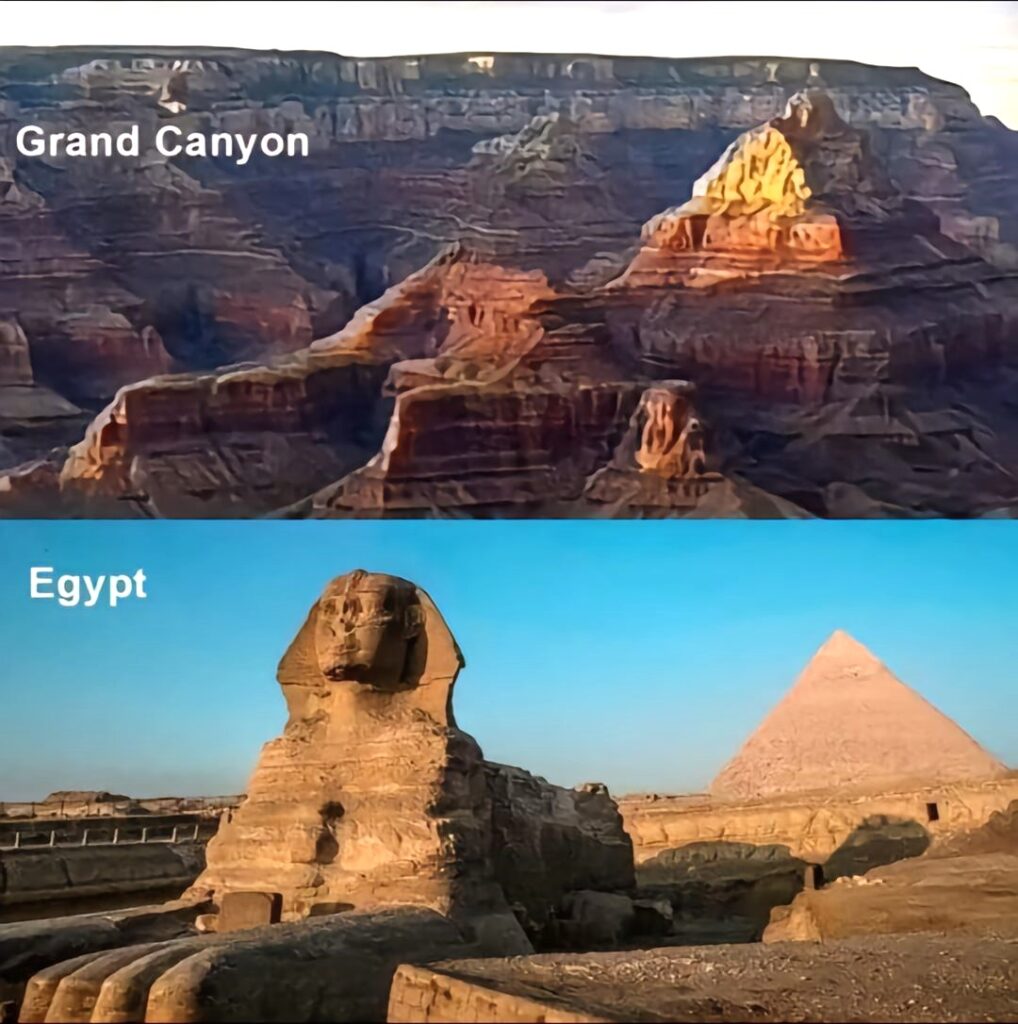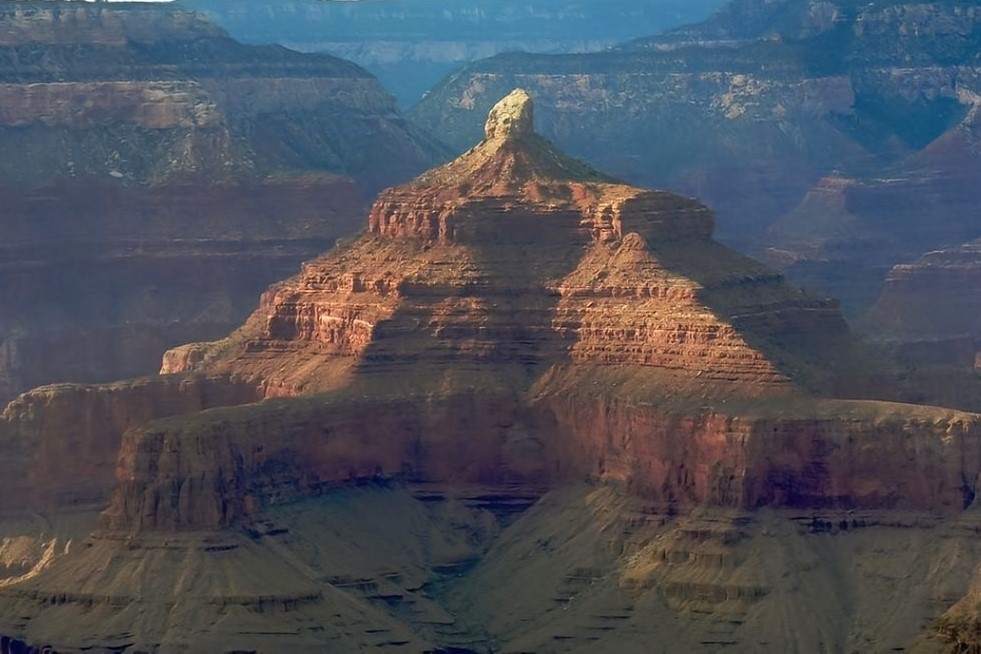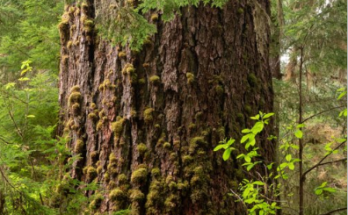The Grand Canyon Sphinx is a lesser-known geological feature located within the vast and awe-inspiring Grand Canyon, a natural wonder in northern Arizona. While the Grand Canyon itself is renowned for its immense size, colorful rock formations, and layers of geological history, the so-called “Sphinx” is a specific formation that captures the imagination of many due to its resemblance to the iconic Great Sphinx of Giza in Egypt.

Geology and Formation
The Grand Canyon Sphinx, like many other formations in the canyon, was shaped over millions of years by the forces of erosion, primarily caused by the Colorado River and other natural elements like wind and rain. Its distinct shape, often described as a crouching figure or a sculpted monument, is the result of differential erosion. This process occurs when softer rock layers erode faster than harder layers, leaving behind strikingly unique shapes.
The “Sphinx” is composed of sedimentary rock, including limestone, sandstone, and shale. These layers date back hundreds of millions of years, showcasing the Earth’s ancient history. Its shape has inspired both scientific curiosity and imaginative interpretations, as its silhouette strikingly resembles the human-animal hybrid figure of the Egyptian Sphinx.
Cultural and Symbolic Significance
While the Grand Canyon Sphinx does not hold the same historical or cultural significance as its Egyptian counterpart, it is a source of intrigue and wonder for visitors. Over the years, it has become a symbol of the uncanny ability of nature to mimic human-made structures, often stirring thoughts about ancient civilizations and the power of natural forces. Some people, particularly those interested in alternative theories, have speculated about its resemblance to the Egyptian Sphinx being more than coincidental, though such claims lack scientific evidence.
The resemblance to a sphinx has also inspired local legends and stories, particularly among adventurers and outdoor enthusiasts who encounter the formation during their hikes or rafting trips. It serves as a focal point for photographers and artists, who are drawn to its dramatic appearance against the canyon’s vibrant backdrop of red and orange hues.

Accessibility and Tourism
Unlike major landmarks within the Grand Canyon, such as the South Rim or Phantom Ranch, the Grand Canyon Sphinx is relatively remote and less frequented by casual tourists. Reaching it often requires a guided hike or a rafting expedition along the Colorado River. Because of its remote location, it remains a hidden gem for those who seek to explore beyond the popular vistas and trails.

The Grand Canyon Sphinx is an example of how natural landscapes can inspire awe and creativity, offering a reminder of the intricate beauty of the Earth’s geological processes. Whether admired for its geological significance, its artistic inspiration, or its uncanny resemblance to the Great Sphinx of Giza, this formation is yet another testament to the wonders that lie within the Grand Canyon.
Would you like me to expand on any specific aspects of the Grand Canyon Sphinx or its surrounding area?


